SAN ANTONIO – Whether you prefer a pilsner, a porter or a pale ale, it seems these days there’s a brewery in San Antonio for everyone. While you may think this local beer explosion is recent, our city has a history as a brew town that dates back more than 150 years.
But it’s a history that’s undoubtedly been filled with ups and downs.
In this episode of KSAT Explains, we take a look back at our city’s stories beer history, and the changes in Texas laws that are helping the industry thrive. (Watch the full episode in the video player above.)
SMART. IN-DEPTH. LOCAL: Click here for more episodes of KSAT Explains
‘Germans are thirsty people’: San Antonio’s deep roots in the beer industry
San Antonio has some awesome beer. And we can thank the German, Austrian and Czech immigrants who settled in the San Antonio area in the mid-1800s.
“Germans are thirsty people,” said San Antonio brewery historian Charlie Staats. “They like their beer.”
Cost was an incentive for immigrants to brew their own beer, he said. Since other breweries were out of state, beer took a long time to arrive in San Antonio and was very expensive. With the San Antonio River in their backyards, German immigrants decided to start making their own.
When people think of San Antonio beer history, they often think of Pearl. But Pearl is just a piece of our city’s brewing past. The Alamo City’s beer history all started at a hotel still popular here in San Antonio -- The Menger.
Before he opened The Menger Hotel, German immigrant William Menger owned a brewery that distributed beer not only in San Antonio, but as far west as San Angelo, as far east as Galveston and down into the Rio Grande Valley.

The brewery was so popular, customers often crashed there or at Menger’s boarding house next door. So Menger expanded the boarding house and opened his hotel in 1859. His brewery moved underneath it.
The brewery maintained popularity well into the Civil War Era.
Menger’s brewery was in business until 1878. That year it was considered one of the largest beer producers in Texas.
Around this time period, there were dozens of breweries in the San Antonio area. Many didn’t survive because of competition from beer giants Budweiser and Anheuser-Busch.
A brief History of Pearl Brewery
The Pearl Brewery didn’t get its start until 1883, and was originally known as The San Antonio Brewing Association.
But as years went by, the brewery would go through different names and different owners until, in 1952, it was finally given the name we know it by today.
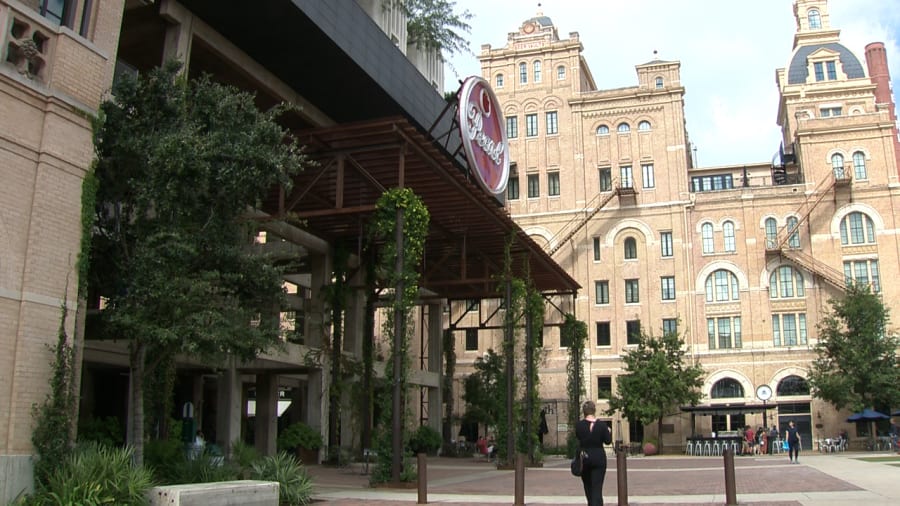
Pearl beer got its name after a brewmaster said the bubbles of the beer looked like sparkling pearls when poured into a glass.
By 1916, The Pearl would grow in popularity and become the largest brewery in Texas. But the business would soon face a series of challenges.
When the 18th Amendment was ratified on January 17, 1920, alcohol became illegal in the United States, and it nearly killed the brewing industry, closing Texas beer giant Lone Star, among others.
On top of that, the owner of the Pearl Brewery Otto Koehler died. His widow, Emma Koehler, was quick to adapt. Pearl started making orange sodas, ice cream and malts.
“They’re using every piece of the equipment that was part of the brewing process and part of maintaining a manufacturing facility to kind of keep this thing going during Prohibition,” said Travis Poling, co-author of San Antonio Beer: Alamo City History by the Pint. “They were the first brewery actually in the entire Southwest to reopen when Prohibition lifted.”
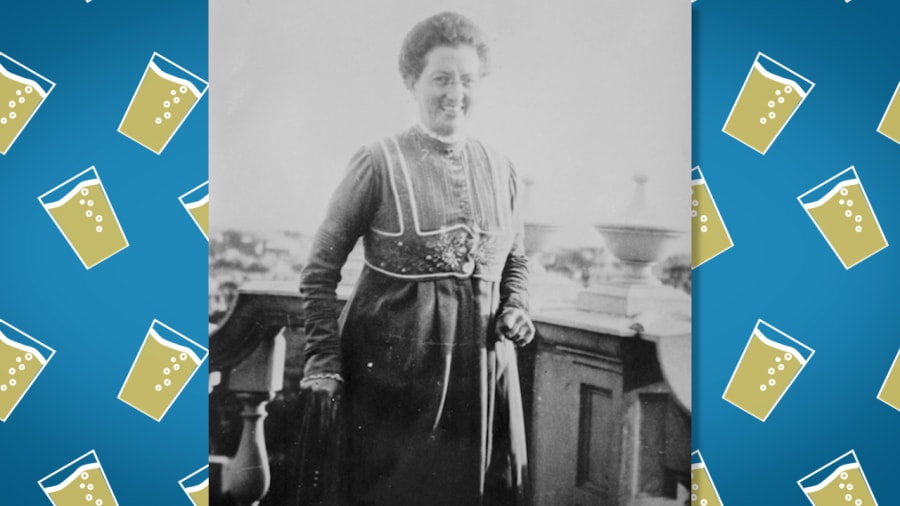
After Prohibition, during the Great Depression, Emma Koehler had to rethink everything again.
She sold the soda bottling portion of the brewery and began making full-strength beer again, staying afloat by selling it to anyone who could afford it.
This not only helped The Pearl stay alive, but would cause it to be a top-selling beer after World War II.
But, once again, bigger beer brands gained popularity throughout the country, including Texas. And in 1968, Pearl brand beer was at the bottom of most people’s lists.
Pabst took over the Pearl brewery in 1985, and it would close its doors for good in 2001.
Pearl beer is still owned by Pabst, and as of last summer, the beer is brewed in Austin.
Watch the video below to learn more about San Antonio’s early breweries:
With all of its heavy hitters bought out, and moved to different areas of Texas, it looked like the San Antonio beer scene was coming to an end.
‘People in Texas always liked beer’: Local beer returns to San Antonio
When it comes to beer legislation, Texas has historically been behind the curve. But over the past 20 years, there have been several pieces of legislation that have helped the beer industry boom.
In 1993, Texas legalized brewpubs -- establishments that sell beer brewed on the premises and often include a restaurant. At the time, brewpubs were already legal in 41 states. Texans were quick to jump on the trend.
“People in Texas always liked beer,” said Dustin Baker, owner of Roadmap Brewery. “They’ve always liked good beer.”
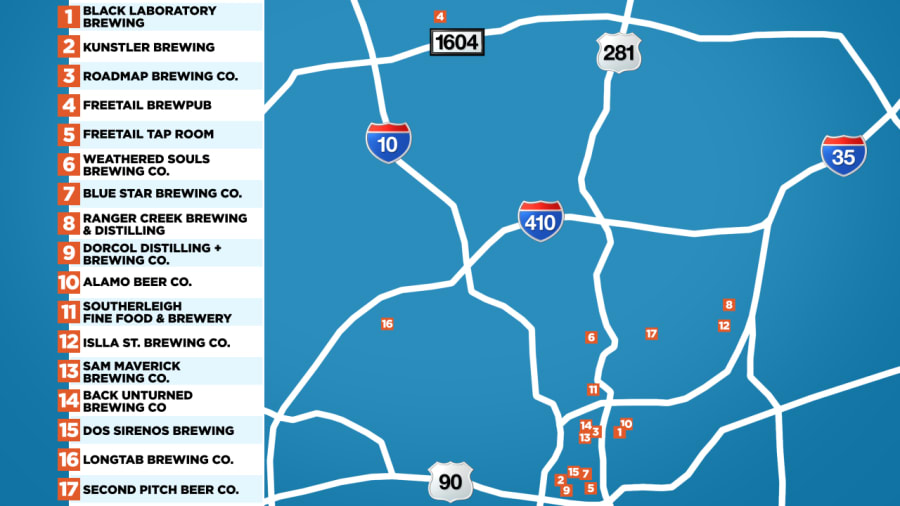
A familiar face in the local craft beer scene, Jason Davis got his start in the industry soon after brewpubs became legal. He worked at the first brewpub in Texas, Waterloo. He also worked at the oldest brewpub in San Antonio, Blue Star.
But in 2008, Davis helped launch the brewery where he still serves as director of brewing operations today -- Freetail. Over the past 13 years, the business has exploded. And the brewery’s founder, Scott Metzger, was instrumental in working alongside the Texas Craft Brewer’s Guild to help change even more laws to further the beer industry in the state.
2013 was a big year for change.
A series of bills passed in the Texas Legislature made the state more beer business-friendly. For the first time, brewpubs could sell their beer to grocery stores and restaurants. A new law also allowed microbreweries to actually sell beer in their tap rooms. Previously, they were limited to giving away free beer samples on tours.
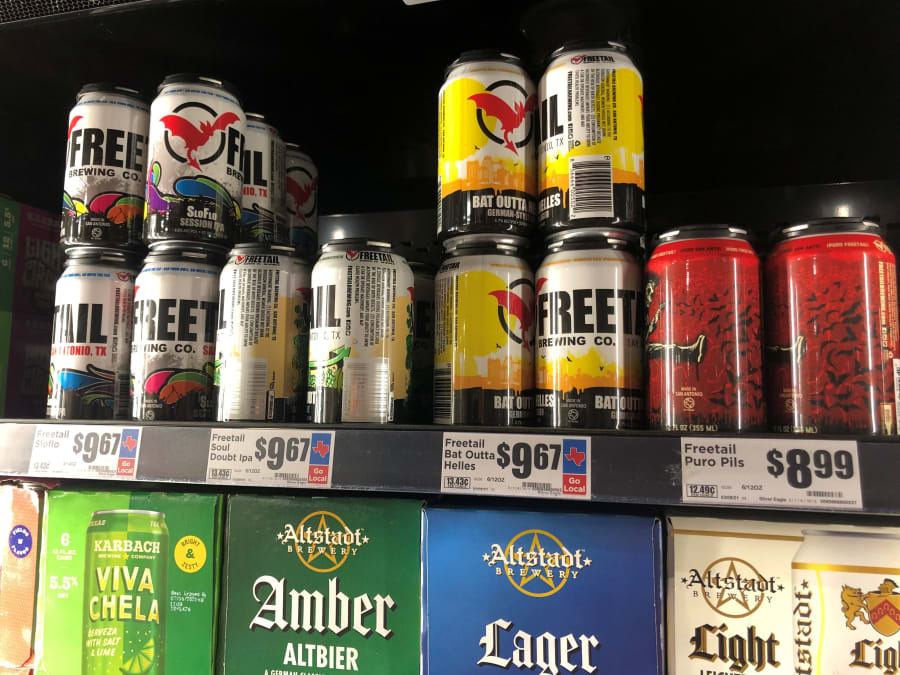
After another piece of legislation passed in 2019, Texans can now buy a six-pack of beer directly from a craft brewery.
All of these fairly new laws have helped many smaller breweries develop and become more popular throughout Texas and San Antonio.
Click through the slideshow below to learn more about some of San Antonio’s most popular breweries:
(San Antonio brewery owners discuss Alamo City as brew town.)
‘We’re not an industrial economy anymore’: New life for old breweries
Over the past several years, we’ve seen developers breathe new life into abandoned breweries. The most obvious example of this is what has happened to the old Pearl Brewery.
Pabst closed the brewery in 2001. That same year, the 23-arce property was bought by Silver Ventures. Today the sight is a popular hang-out spot -- home to shops, restaurants, apartments and a hotel.
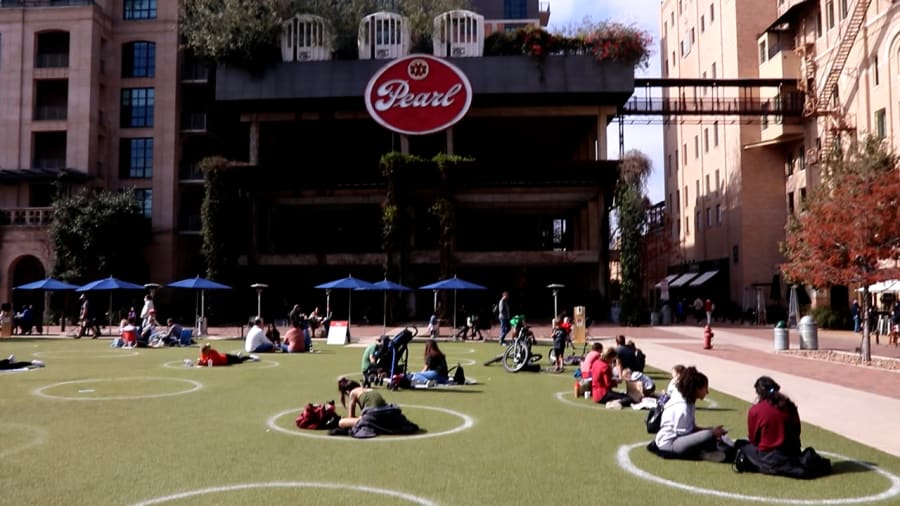
Less than a mile south of the Pearl is the old Lone Star Brewery building, which is now the San Antonio Museum of Art. It opened in 1981, years after the brewery closed during Prohibition.
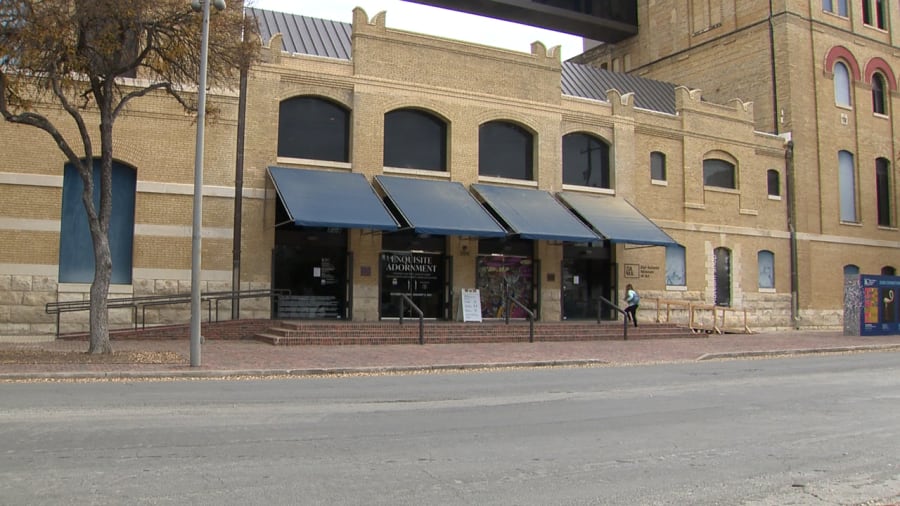
And then there’s the other Lone Star Brewery -- the brand that’s still popular today. Operations stopped at the South Side plant in 1996. But now there’s a new plan for the spot.
Gray Street Partners, a local real estate investment group, has been looking to fund a new project that would rework the space -- building retail space, restaurants, apartment buildings, and a park, complete with a walking path.
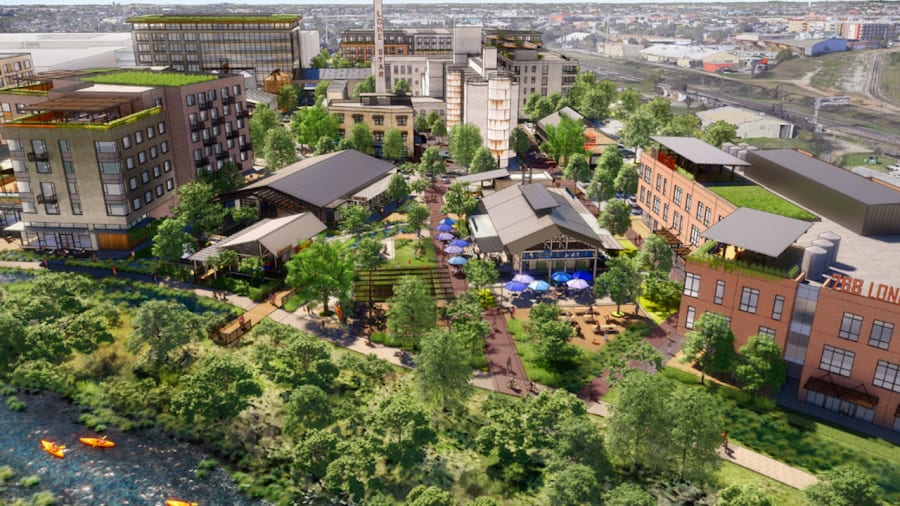
“Every city is kind of going through the same process of thinking about what do we do with this old industrial space because we’re not an industrial economy anymore,” said Christine Drennon, Ph.D., Director of Urban Studies at Trinity University.
Experts say that redeveloping these buildings has many environmental benefits, by using buildings that already exist instead of building new ones. But even though these mixed-use developments we see today create jobs, they don’t replace the kinds of jobs that the factories they’re being built in once offered.
Drennon said the old factories, like the Pearl and Lone Star breweries, are a relic of an industrial past that built the middle class.
“We have not been able to sustain the American middle class in the kind of economy that we’ve built and that we’ve replaced it with,” Drennon said. “These places represent that. They are playgrounds for people with a lot of disposable income. Yet the people who work there are service industry employees, and you probably can’t send your kid to college on that income.”
San Antonio’s mark on the beer world
It’s not just the breweries that have made a mark on this city. It’s gone the other way, too. Over the past few years, there’s been an explosion of new flavors and ingredients being used in beer. The trend is just another sign that these establishments have become part of the fabric of the community.
Watch the video below to learn more about San Antonio-inspired beer:






